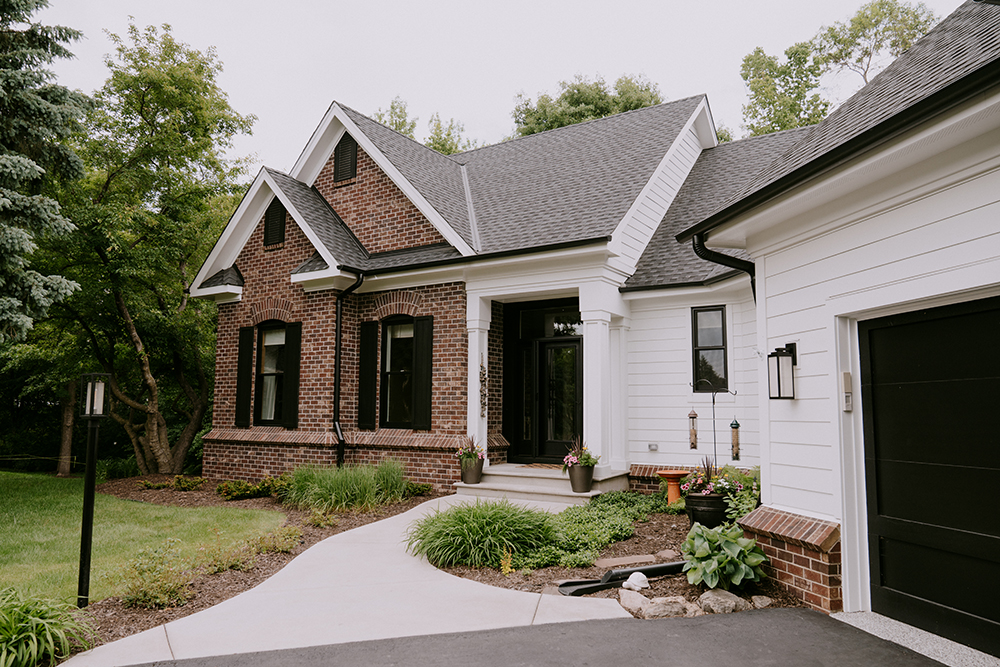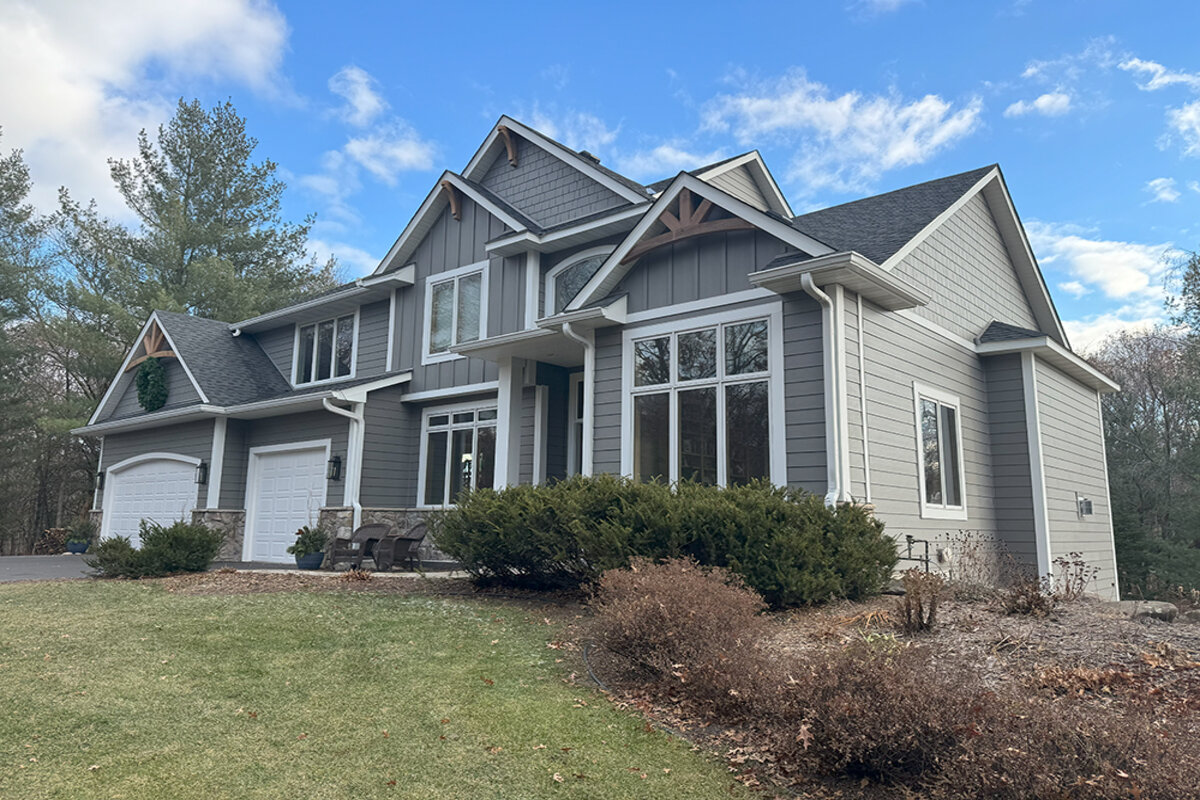Siding replacement typically takes about 2 to 3 weeks, but the exact timeline depends on factors such as the size of your home, material choice, weather conditions, and any unexpected repairs. Understanding each step of the process can help you plan ahead and avoid unnecessary delays. Here’s what to expect.
Key Stages of a Siding Replacement Project
1. Preparation and Planning (1–2 Weeks)
Before construction begins, important preparatory steps are completed:
- Material selection: Choosing siding like vinyl, fiber cement, or wood impacts the timeline. Custom orders or specialty materials may take weeks to arrive.
- Scheduling and permits: Permits might be required, and their approval depends on local regulations.
- Site inspection: Contractors will assess your home for structural issues, like rot or damage, which could delay the project.
2. Removing Old Siding (1–5 Days)
Removing old siding is a critical step that varies in complexity. Materials like aluminum are easier to remove, while stucco or layered siding may take longer. Careful removal ensures the integrity of your home’s underlying structure.
3. Installing New Siding (1–2 Weeks)
This phase is typically the longest. Factors that influence siding installation time include:
- Home size: Larger homes naturally require more time.
- Siding material: Vinyl is faster to install, while fiber cement and wood require more precision.
- Weather conditions: Rain, snow, or extreme temperatures can slow the process, impacting the overall timeline.
4. Finishing Touches (1–3 Days)
After installation, crews focus on sealing joints, painting trim, and cleaning the worksite. These final steps ensure durability and a polished appearance.
Factors That Can Impact Your Siding Replacement Timeline
1. Home Size and Design Complexity
A single-story home with a simple design will be faster to complete than a multi-story house with custom trims and architectural details. The more intricate the design, the more time is required for precision.
2. Weather Conditions
Weather significantly impacts the speed of siding replacement. Rain or snow delays outdoor construction, while extreme heat can make installation unsafe for crews. Scheduling during mild weather reduces these risks.
3. Material Choice
The material you choose plays a big role in how long the project takes. Vinyl is lightweight and quicker to install, while fiber cement and wood require more detailed cutting and care. Custom finishes or textures can also add time.
4. Unexpected Repairs
Removing old siding can uncover issues like rot, mold, or pest damage. These problems must be addressed before new siding can be installed, potentially adding several days or weeks to the timeline.
How to Ensure a Smooth Siding Replacement Process
Hire an Experienced Contractor
Choose a contractor with a proven track record in siding replacement. Experienced professionals will ensure the work is done efficiently without compromising quality.
Plan for Contingencies
While most siding projects take 2 to 3 weeks, it’s wise to allow extra time for unexpected issues like bad weather or hidden structural damage. This helps avoid unnecessary stress during the process.
Stay Involved
Communicate regularly with your contractor to stay informed about progress and address any concerns promptly. Clear communication ensures the project stays on track.
Final Thoughts on Siding Replacement Timelines
The active construction phase of siding replacement typically lasts 2 to 3 weeks, but the overall process can vary based on factors like material choice, weather, and home size. By understanding the steps involved and planning for potential delays, you can prepare for a smoother project.
For expert help and a seamless experience, contact us at Craftsman’s Choice today! Let us guide you through every step of your siding replacement journey and deliver results you’ll love.



















